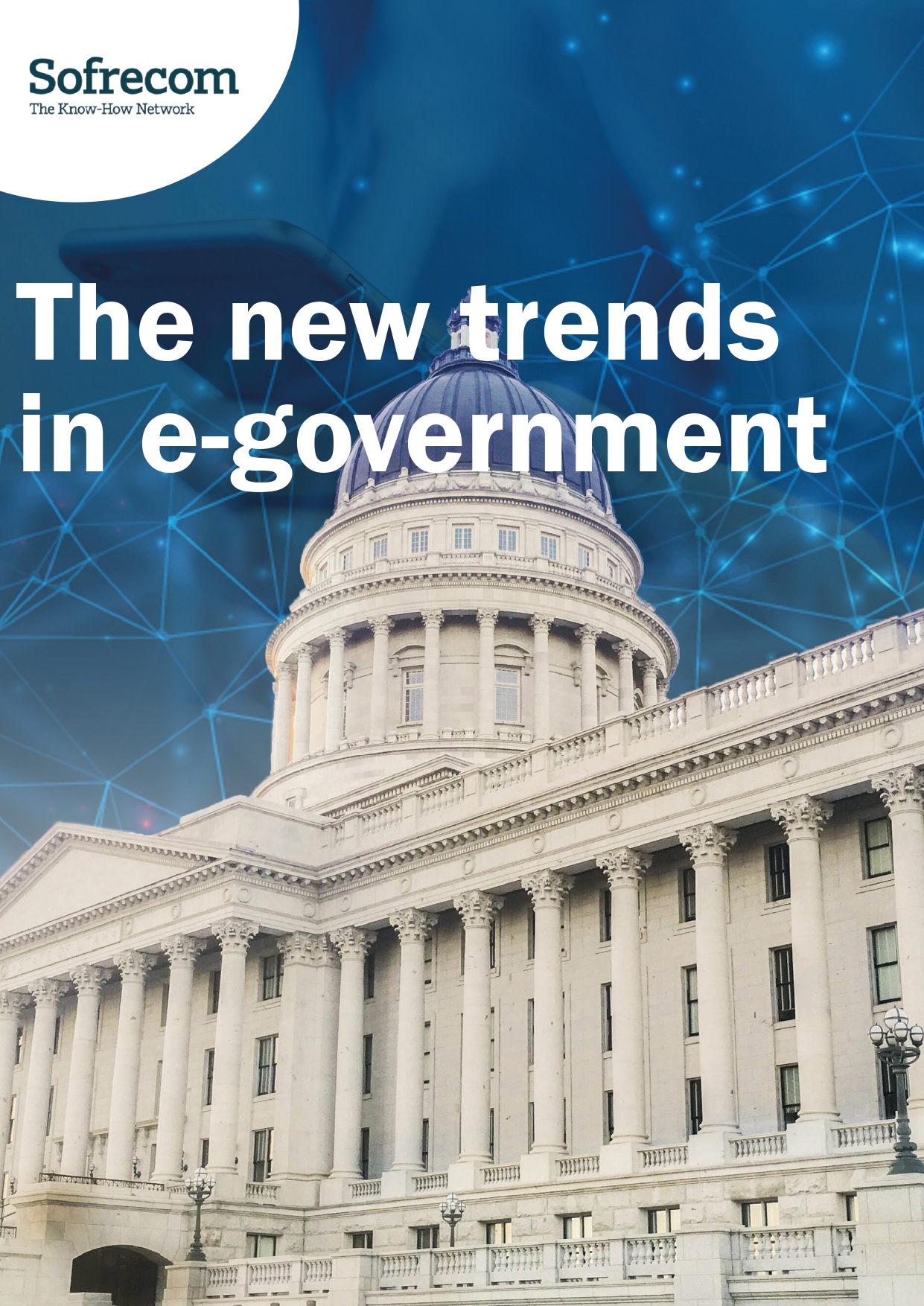

Why use PPPs for e-government services?
Public-Private partnerships have long been used to build and operate infrastructure projects. When it comes to e-government services, such models can enable, first of all, co-investment, and secondly, capitalization on private resources and expertise to guarantee project success. Beyond that, however, the appropriate technical, economic and legal models still need to be adopted in order for governments to exercise the supervision essential to the deployment of public services, and for private players to be guaranteed the profitability needed for projects to enjoy long-term viability.
When thinking about PPPs in telecoms and IT, the first thing that comes to mind are infrastructure projects often entailing very sizable investments, and ROI (Return on Investment) available only in the long term. Now, however, given the need and political will to develop digital public services very quickly, some governments are considering this type of arrangement to speed up the digital transformation of their administrations.
They are driven by two factors:
- The first is financial: the development of e-gov platforms implies significant investments which some countries cannot make a priority considering their more basic infrastructure needs. Donors such as the AfDB, which financed 11 RFP in this area in 2018, the World Bank (7 RFP) or the AFD, nevertheless support this type of project that ultimately ensures greater transparency in terms of governance and substantial savings for States. Beyond financing from public donors, private investments through PPPs, which delegate to one or more private players responsibility for administering services that fall under public responsibility, could be a solution.
- The second reason lies in skills: the implementation and operation of e-gov services requires skills in architecture, development, integration, project management, service management and security, to which few administrations can lay claim. The use of external partners for both the build and run phases is often essential.
Using Public Private Partnerships is one way to overcome both of these issues – especially as the digitization of public services is profitable for all States, insofar as it guarantees better collection of revenues (taxes, issue of documents) and operating savings. This additional wealth can therefore feed a public-private business model through revenue sharing or success fees.
Depending on the type of services involved, their degree of criticality and complexity, and the local context, a variety of PPP models can be applied. They differ from one another in duration (from 3 to 30 years), risk sharing, financial flows, the level of private investment and ownership of returnable assets. The terms BOO (Build-Own-Operate) or BOOT (Build-Own-Operate-Transfer) are used, as is the concept of total concession in which the private party invests, bears all risks, receives all revenues and pays a fixed fee to the public partner.
Before launching its e-gov project, the government must therefore properly assess the necessary investment, possible profitability and the associated level of risk. Depending on these factors, it may need to adjust its project – increasing or decreasing the level of delegated services – or leave some of them aside, as subsequent add-ons. The objective is to build specifications that are sufficiently attractive to attract multiple candidates and to be able to stir competition during the negotiation phase. The negotiation phase is critical for all subsequent stages of the project: the key points are the level of control that the public player will keep (price of services in particular), the conditions of scalability, the return to better fortune clause, quality of service (SLA and associated penalties), the execution times, and the guarantees. Depending on the projects, the private partner may also generate additional revenues from the project (use of PPP resources for other commercial projects) that will increase its profitability. Negotiations, even if they need to be run firmly, must be balanced and enable the project to enjoy economic viability over time, seeing as the partnership can last up to 30 years.
Early examples in the field of electronic identity, taxes and duties show that this type of arrangement is possible. The latest studies conducted by Sofrecom also show that when an e-government platform is implemented combining "profitable" and other free services, PPP implementation is facilitated. It is important that the right “packages” be created upstream, with both political and functional meaning (social, education), and sufficient overall profitability. We are currently working with several governments and private





